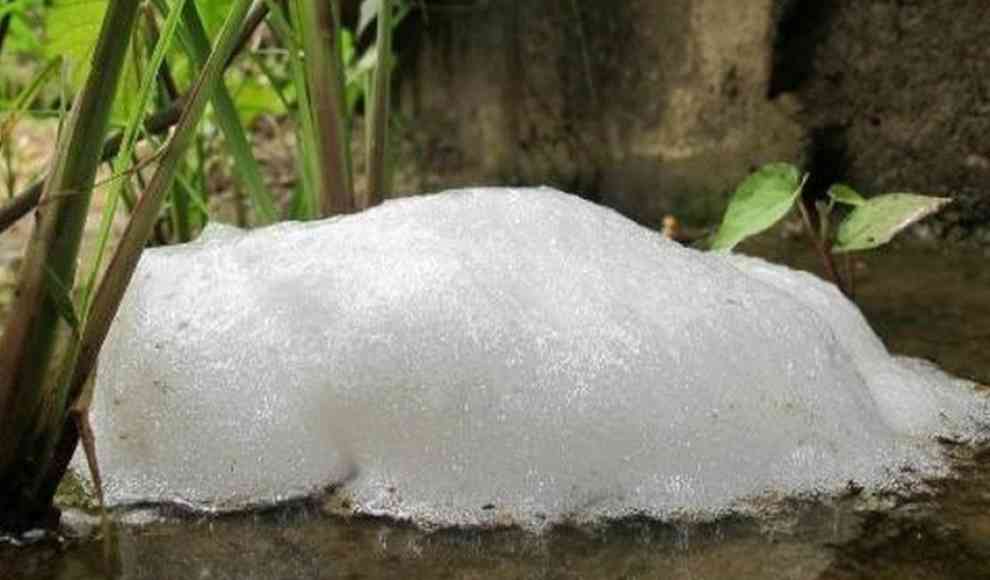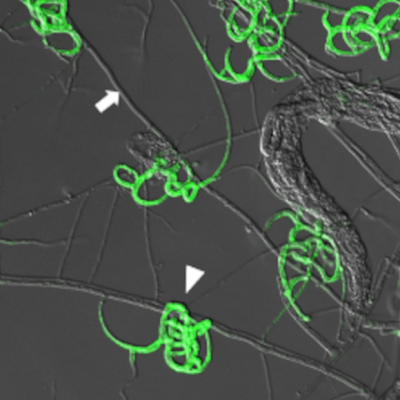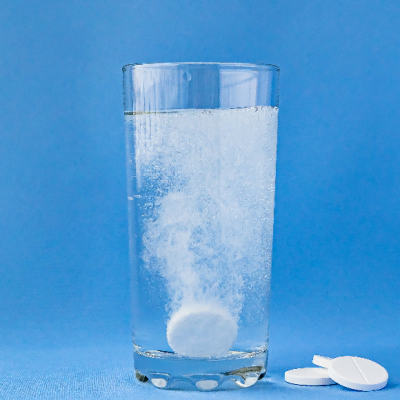The foam produced by Tungara frogs is incredibly stable and is now being considered as a base for a new wound dressing that can release medication over several days. During mating season, Tungara frogs create a foam to protect their eggs and offspring from predators and dehydration. In 2010, researchers developed a material based on this foam that absorbs CO2 from the air and produces sugar, which can be used to make biofuels. The foam’s stability has also caught the attention of other researchers, including Paul Hoskisson, a molecular microbiologist from the University of Strathclyde, who collected samples of the foam in the jungles of Trinidad. Analysis revealed that the foam consists of six proteins arranged in a shell-like structure, with the water-repellent side facing outward and the water-loving side facing inward. Lab experiments showed that the foam can withstand wind speeds of up to 45 kilometers per hour, making it an ideal container for medication.
Hoskisson believes that the foam’s unique properties make it suitable for medical use, as the small bubbles can serve as containers for medication. The foam is similar to medical foam used to make dressings for scars and wounds that release antibiotics to protect patients from infections. However, these dressings need to be changed every few hours, which can disrupt the healing process. Hoskisson aims to develop a new wound dressing based on the frog foam that can release medication over several days, reducing the need for frequent dressing changes and the risk of infection. To test the foam’s usability, Hoskisson conducted experiments with human skin cells, filling the foam’s bubbles with the antibiotic Rifampicin, which was released over seven days without affecting the skin cells’ function. Hoskisson plans to artificially produce the super-stable frog foam from microbes, but further research is needed before a market-ready wound dressing can be developed.
In conclusion, the foam produced by Tungara frogs has caught the attention of researchers for its stability and potential medical applications. The foam’s unique properties make it an ideal container for medication, and Hoskisson aims to develop a new wound dressing that can release medication over several days, reducing the need for frequent dressing changes and the risk of infection. While further research is needed, the potential benefits of this new wound dressing are promising.










